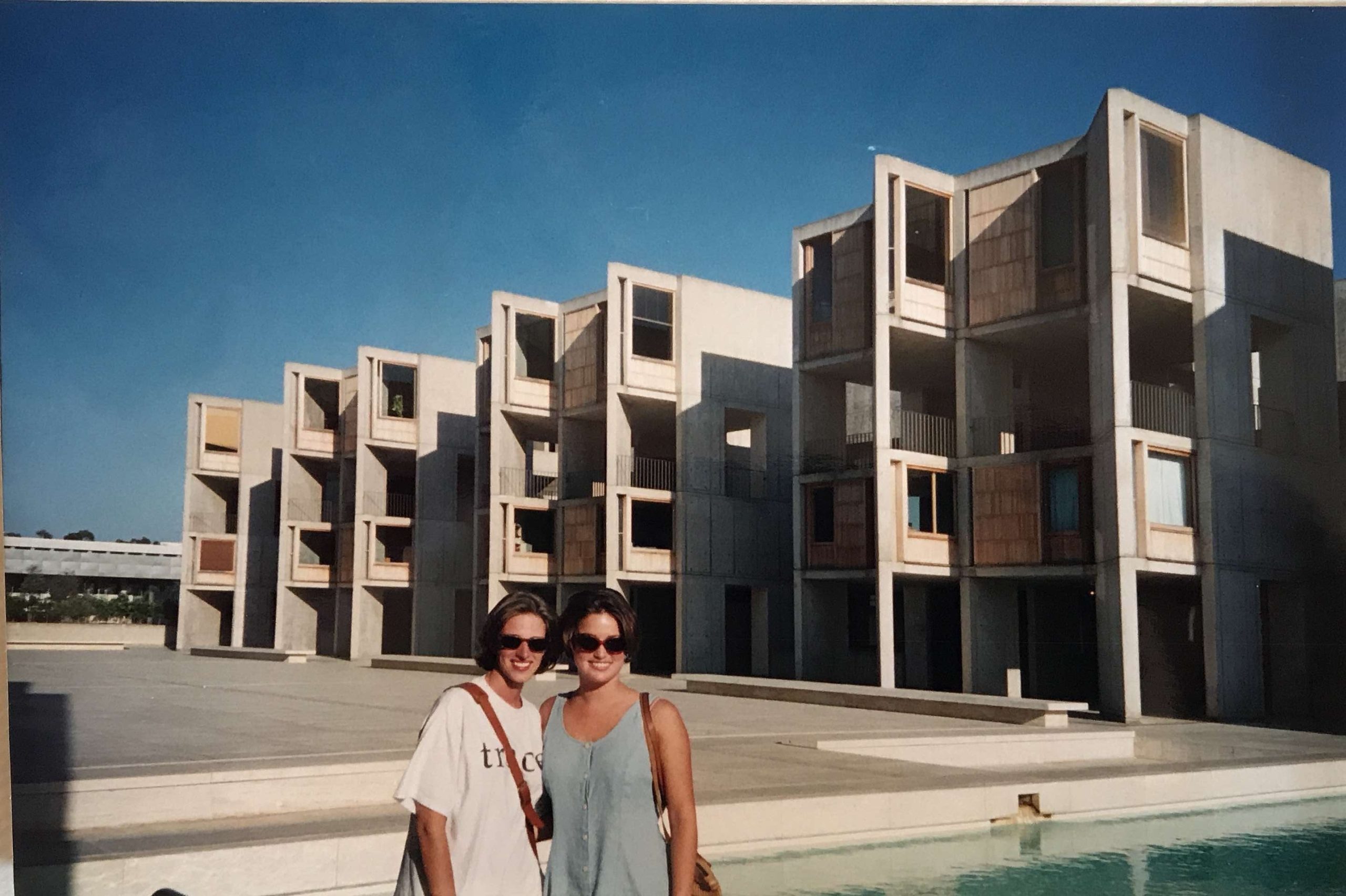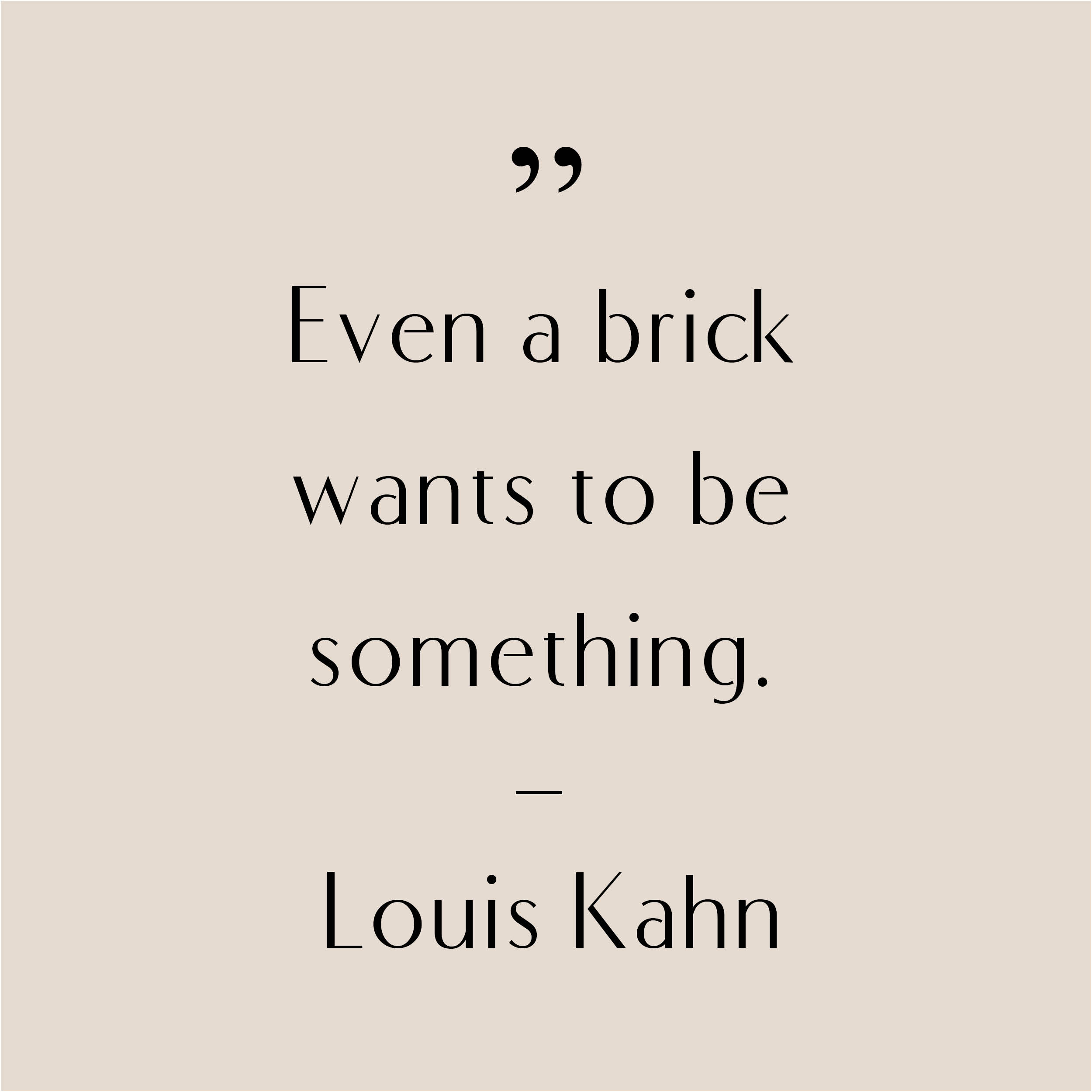February 20 was the birthday of Louis Kahn, one of the most influential architects of the 20th Century. Although I wouldn’t call myself an expert on the topic of Mr. Kahn, he has certainly influenced my own trajectory in the field of design.
My first exposure to his work was in the mid-90s, shortly after I graduated from UC San Diego (with a degree in Sociology). My dear childhood friend, Erin Flynn Berg, came down to visit when she was about to head into her final year of architecture school at the University of Oregon. Like any diligent architecture student, it was essential that we visit the Salk Institute in La Jolla, designed by Louis Kahn.

Apparently I’d be driving by this building (on my way to the beach) for several years, with absolutely no idea of its existence. In full disclosure, it’s possible that Erin and I may have climbed a wall to gain access on the weekend.
At the time, I didn’t have the architectural lingo to express what was special about this building, and the way that it related to the surrounding landscape and daylight patterns. But I was moved by it.
A few years later (after I had realized that a career as a school teacher was not my destiny), I followed Erin’s lead and attended the University of Oregon for a master’s degree in Interior Architecture. Louis Kahn was one of the architects I learned about in a history class on modern architecture.

Mr. Kahn was a professor of architecture at Yale and the University of Pennsylvania. He is known for a conversation he had with a brick where he asks the brick what it wants to be. I’ve seen the video of this lecture, but it appears to have been removed from internet circulation. It may have been part of the 2003 documentary, My Architect, which was excellent.
My big take away from my limited studies of Louis Kahn is the importance of using materials in a way that is authentic, and that maximizes their potential. This concept applies beyond the architectural realm. In my work as an interior designer, I know that there are certain fabrics that ‘want’ to be used for curtains, but will fail as upholstery. I can sense the difference between a solid piece of wood and a veneer. I appreciate seeing the change in the direction of wood grain when a table has a solid wood edge, because I know that it add longevity to that piece of furniture.
I’ve even applied this concept to hairstyles! I once brought a picture to my hairstylist of a cute wispy bob cut, and she gently reminded me that my thick hair would never look like that.
In this age of quick cosmetic makeovers, it’s important to pause and reflect on the integrity of the choices we make. Louis Kahn asks the brick what it wants to be. It’s such a simple question, but one we can ask of almost anything to assess its suitability for a particular application. Sometimes it’s difficult to find the answer amidst of all the cultural noise, but this is where the best design comes from.
share it
email it